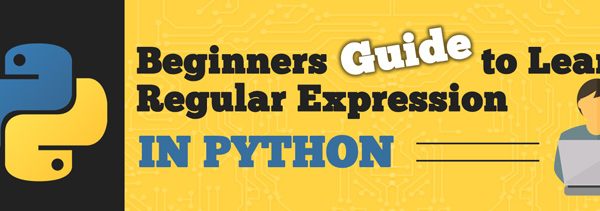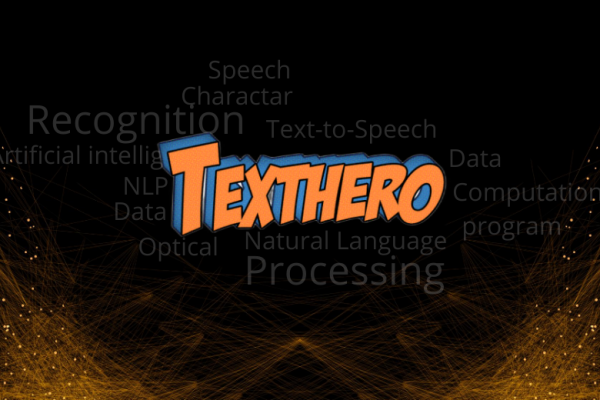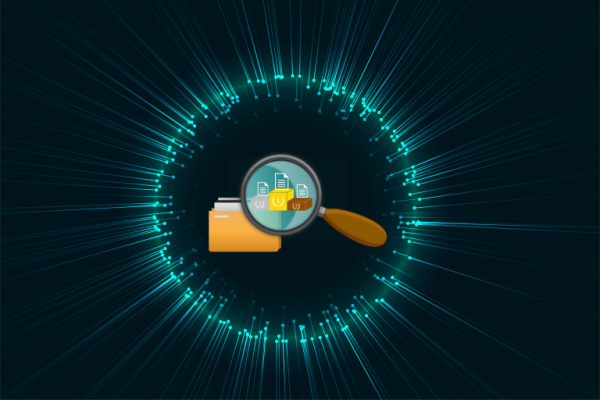Padding Strings in Python
Introduction String padding refers to adding, usually, non-informative characters to a string to one or both ends of it. This is most often done for output formatting and alignment purposes, but it can have useful practical applications. A frequent use case for padding strings is outputting table-like information in a table-like fashion. You can do this in a variety of ways, including using Pandas to convert your data to an actual table. This way, Python would handle the output formatting […]
Read more



